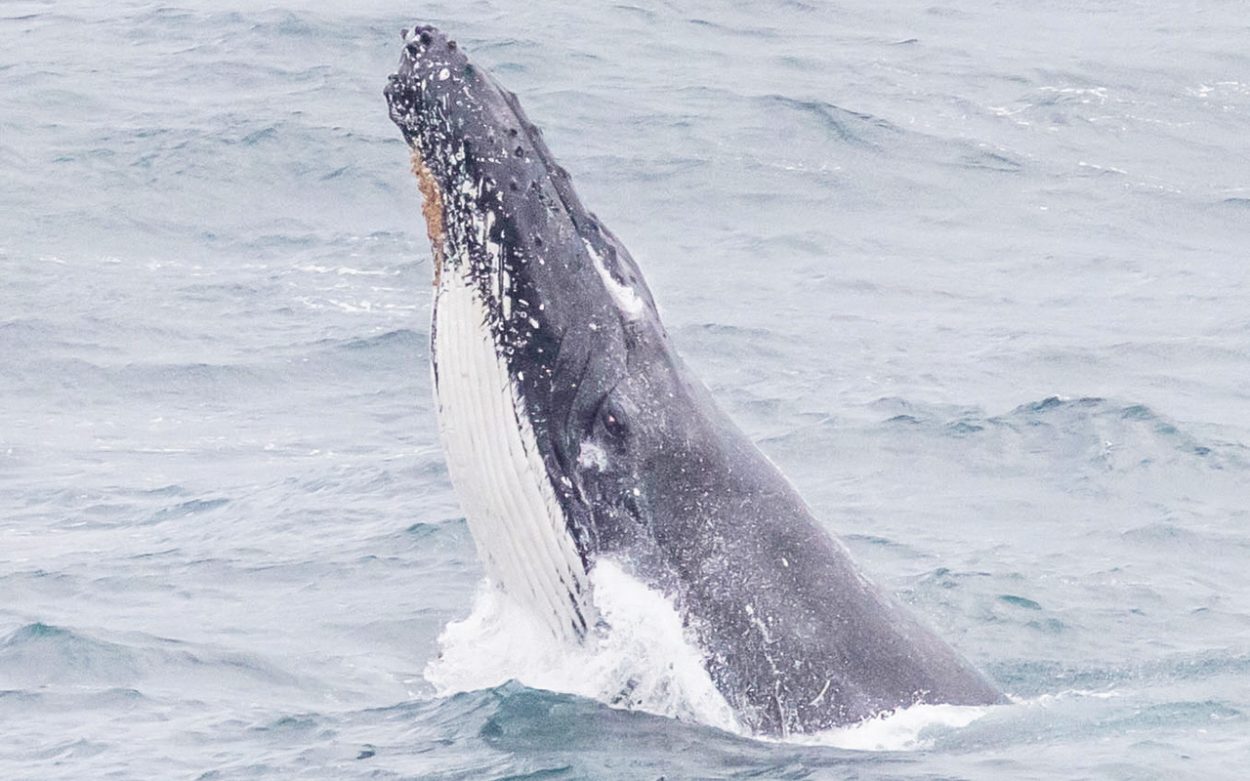THE Hastings-based Dolphin Research Centre says there is a growing need for understanding the presence and absence of whales along the Victorian coastline to help inform decisions on proposed offshore developments.
The DRI hosts the citizen science Two Bays Whale Project to record sightings of whales in Victorian waters and in 2020, started the Two Bays Tracker program to monitor whales, or their absence, through timed surveys. “Data collected in this program can help provide up-to-date information on the movement of whales, particularly providing a better understanding of the seasonality of humpback whale migration,” research fellow at the DRI Ella Hutchinson said. “The Two Bays Tracker program has now amassed over 1000 hours of effort by trained and experienced volunteer observers. “The critical data they collect contributes to the only long-term monitoring program for whales along the Mornington Peninsula.”
DRI executive director Jeff Weir said the habit of whales lifting their heads out of the sea was “thought to facilitate communication and navigation”. “The sighting of the towering cliff at Cape Schanck may guide the whales further out to sea on their eastward journey towards their next landmark, Wilsons Promontory.” He said a recent survey of dolphins in Port Phillip “picked up over 50 common dolphins, including some new calves … a testament to the impact of collective effort and unwavering commitment to understanding and preserving our marine ecosystem.”
Whale and dolphin sightings can be reported at: PodWatch, Adopt A Whale/Dolphin/Killer Whale and/or commit to whale distancing at dolphinresearch.org.au
First published in the Mornington News – 20 August 2024




